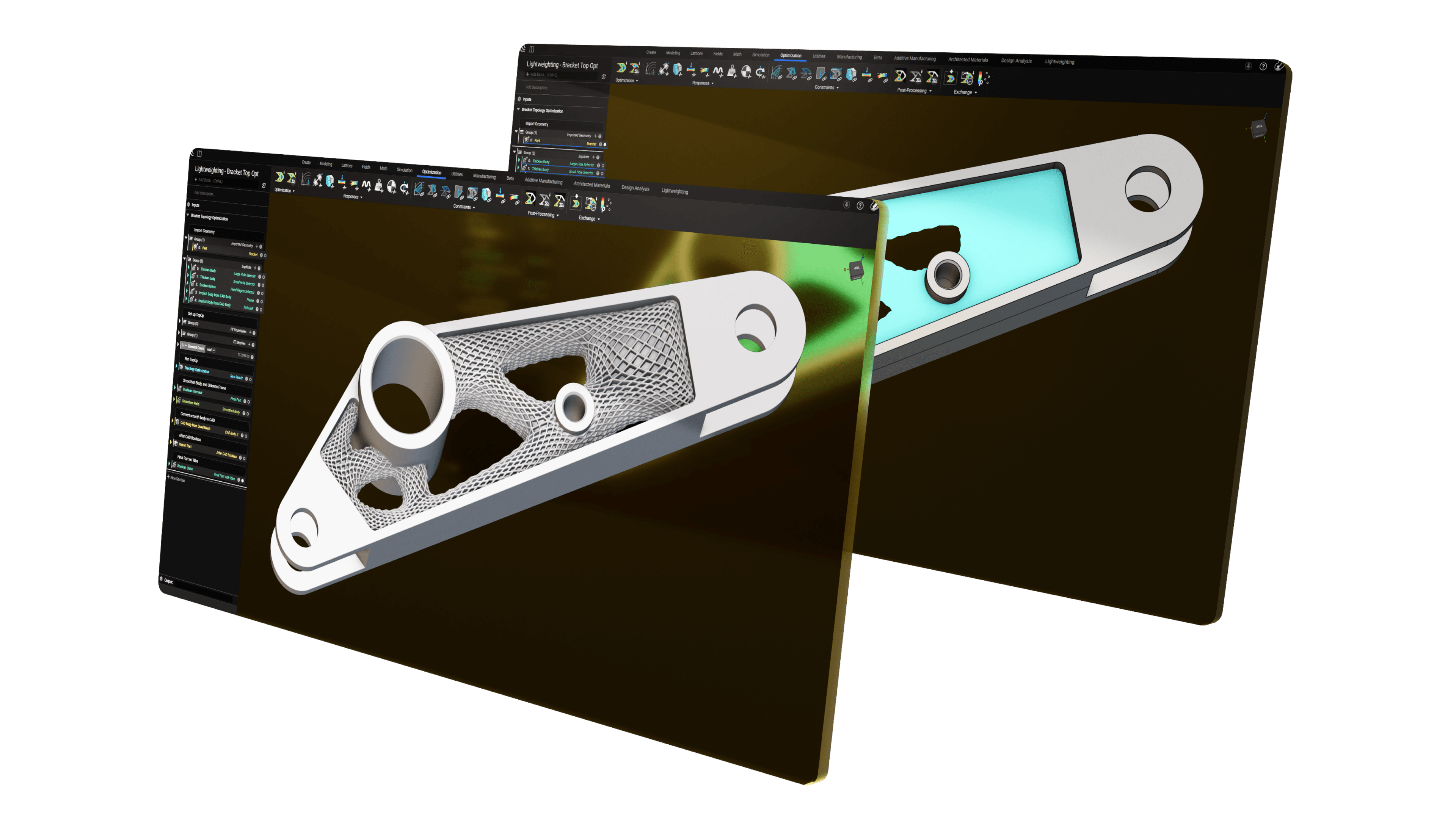AutoReview: AI Reviews Powered by Your Team’s Knowledge
Who it’s for:
Teams that want to automate CAD and drawing reviews, capture expert knowledge, and proactively apply past lessons learned—so engineers can focus on complex design challenges.
Why it matters:
Design reviews are often inconsistent because knowledge is siloed in spreadsheets, past projects, and team members' heads. This leads to teams repeating past mistakes and overlooking DFM issues, which slows projects and increases risk. AutoReview uses generative AI to structure your team's complete engineering knowledge and apply it proactively, helping you catch more problems early and review work consistently every time.
How it works:
- AI Model & Drawing Analysis: AutoReview analyzes native CAD models for manufacturability (DFM) and geometry, and reads engineering drawings to catch cross-sheet/multi-view inconsistencies.
- Automated Knowledge Capture: The platform automatically captures every comment, standard, and decision, building an engineering knowledge graph from your team's work—no extra effort required.
- Proactive Lessons Learned: The AI automatically surfaces relevant feedback and decisions from previous reviews when it detects similar designs, preventing repeated mistakes.
- Custom Checklist Automation: Run your organization’s standardized or custom checklists on models and drawings, with AI-generated markups that cite your specific company standards.
Takeaway:
Stop solving the same problems twice. AutoReview turns your team's collective expertise into a proactive tool, ensuring every design benefits from your full history of lessons learned.









.webp)
